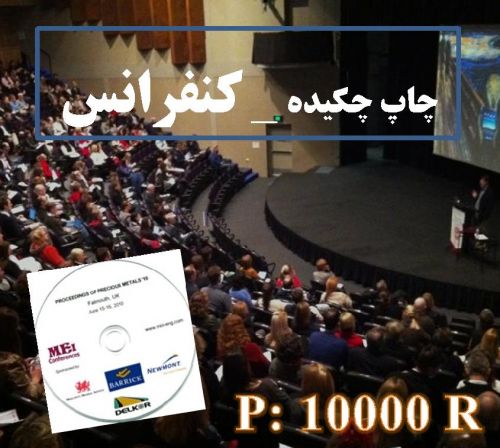The design of chromogenic receptors for biologically important and environmentally harmful anion pollutants has attracted considerable attention in supramolecular [1]. One of these anions is citrate ion. Citrate ion is used for preventing certain types of kidney stones. It is a urinary alkalinizing agent. It works by neutralizing some of the acid in the urine, which helps reduce the formation of crystals. Some of side effects of citrate ions include severe allergic reactions (rash, hives, itching, difficulty breathing, tightness in the chest, and swelling of the mouth, face, lips or tongue), black, tarry stools, confusion, severe stomach pain that looks like weakness. Therefore sensitive and selective detection of Citrate ions is essential. Various methods including liquid chromatography [2], capillary electrophoresis, electrochemical, voltammetry [3]. The applications of such methods have been restricted due to their tedious sample preparation, complicated measurement and low sensitivity [4]. The florimetric and colorimetric chemosensors for citrate have attracted considerable attention in recent decades because of their simplicity, low cost, and rapid measurement. Many of the reported citrate anion receptors were organic based synthetic compounds and displayed poor selectivity in aqueous media. Here, we report malachite green (MG) based fluore scent and choromogenic chemosensor, with characteristics of an OFF–ON–OFF fluorescence switch. MG include photo stability, high extinction coefficient and high fluorescence quantum yield. In detail, the emission of MG was turned on upon addition of PMA and the emission was turned off after addition of citrate anions, and this fluorescence switch could be repeated. Colorimetry for detection of citrate as a basis for designing sensors also has many advantages such as typically inexpensive and easy to assess. In this regard, many of the instruments such as an absorbance spectrophotometer, are common to most lab settings and do not require highly trained personnel for use. Signal transduction can be exhibited by an intensity change or an actual change in colour. The titration with PTA and citrate in UV-Vis instrument resulted in colour changes of solution from dark green to light green and then light green to dark green in 607nm. Like other molecular keypad lock, the florescent chemosensor reported here with 243nm excitation wave length could mimic the function of a security keypad lock on sequential addition of PMA and citrate ions. The stoichiometry ratio was determined from the bensi hildebrand plot to be 1:3. Malachite green dye have ability to determine citrate in the linear concentration range of 1.94- 81.0 µM and 5.11-60.0µM with the detection limit of 0.31 and 0.42µM for florimetric and colorimetric chemosensors, respectively. The relative standard deviation (RSD, C = 13µM, n = 10) of less than 1% (0.19% and 0.23% florimetric and colorimetric, respectively). The response of the probe toward citrate is fast. This sensor was applied for the determination of citrate in environmental samples. The mode of interaction of citrate was also studied by FTIR spectroscopy
کلید واژگان :Malachite green, PMA, citrate sensing, absorbance and fluorescence spectra, aqueous solution
ارزش ریالی : 100000 ریال
با پرداخت الکترونیک
جزئیات مقاله
- کد شناسه : 7147424052490830
- سال انتشار : 1395
- نوع مقاله : چکیده مقاله پذیرفته شده در کنفرانس ها(فایل کامل مقاله بارگزاری گردد)
- زبان : انگلیسی
- محل پذیرش : بیست و سومین سمینار شیمی تجزیه ی ایران
- برگزار کنندگان : دانشگاه صنعتی شریف
- تاریخ ثبت : 1395/06/29 03:45:24
- ثبت کننده : نرجس مصلی نژاد
- تعداد بازدید : 202
- تعداد فروش : 0
